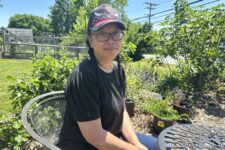
More than just curb appeal: Why fruits and vegetables are preferred in this Maryland home garden
A vast garden in Laurel is home to Chinese water spinach, bitter melon, kumquats and other fruits and vegetables typical in many Asian American households.
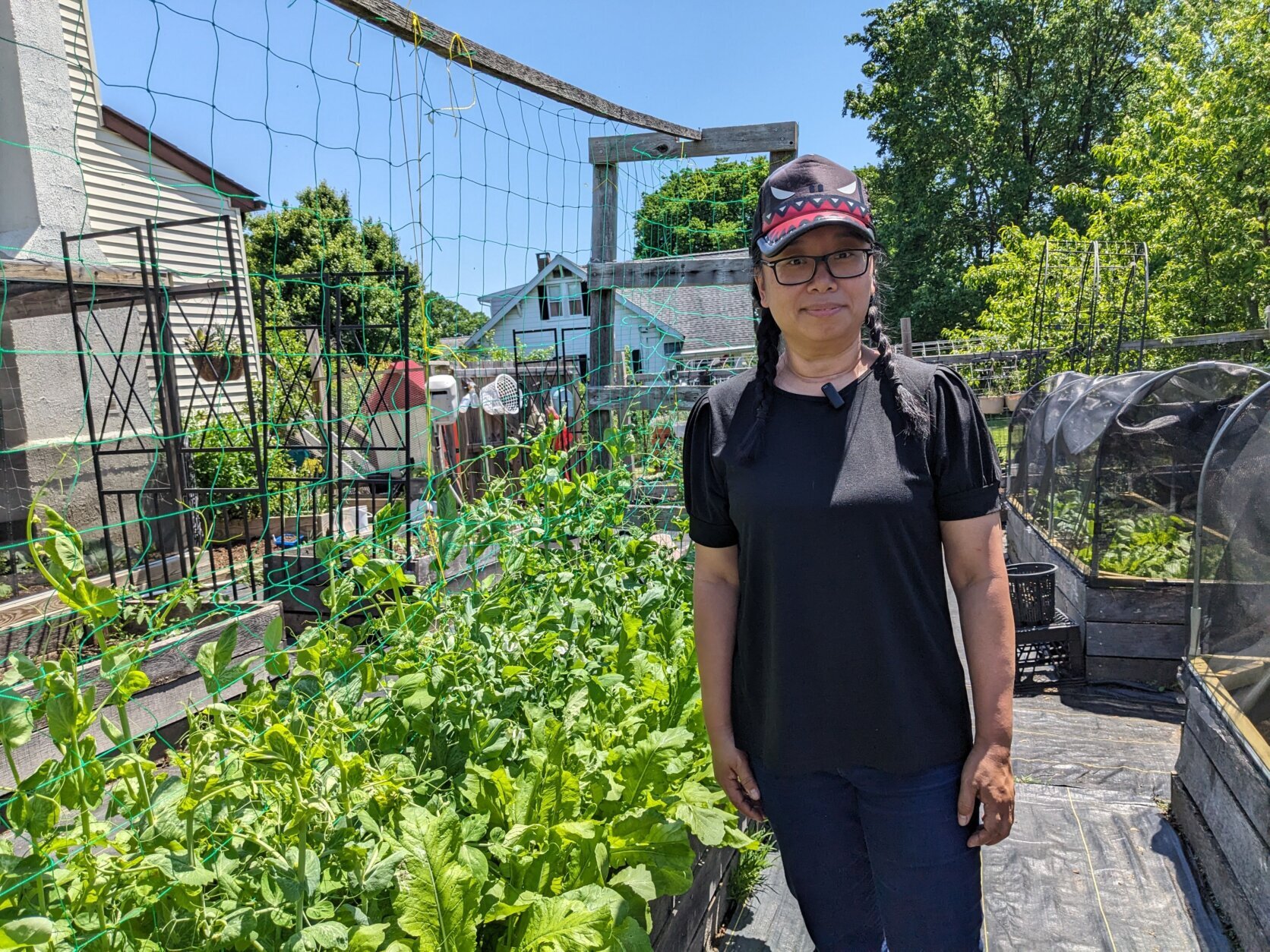
(WTOP/Abigail Constantino)
WTOP/Abigail Constantino
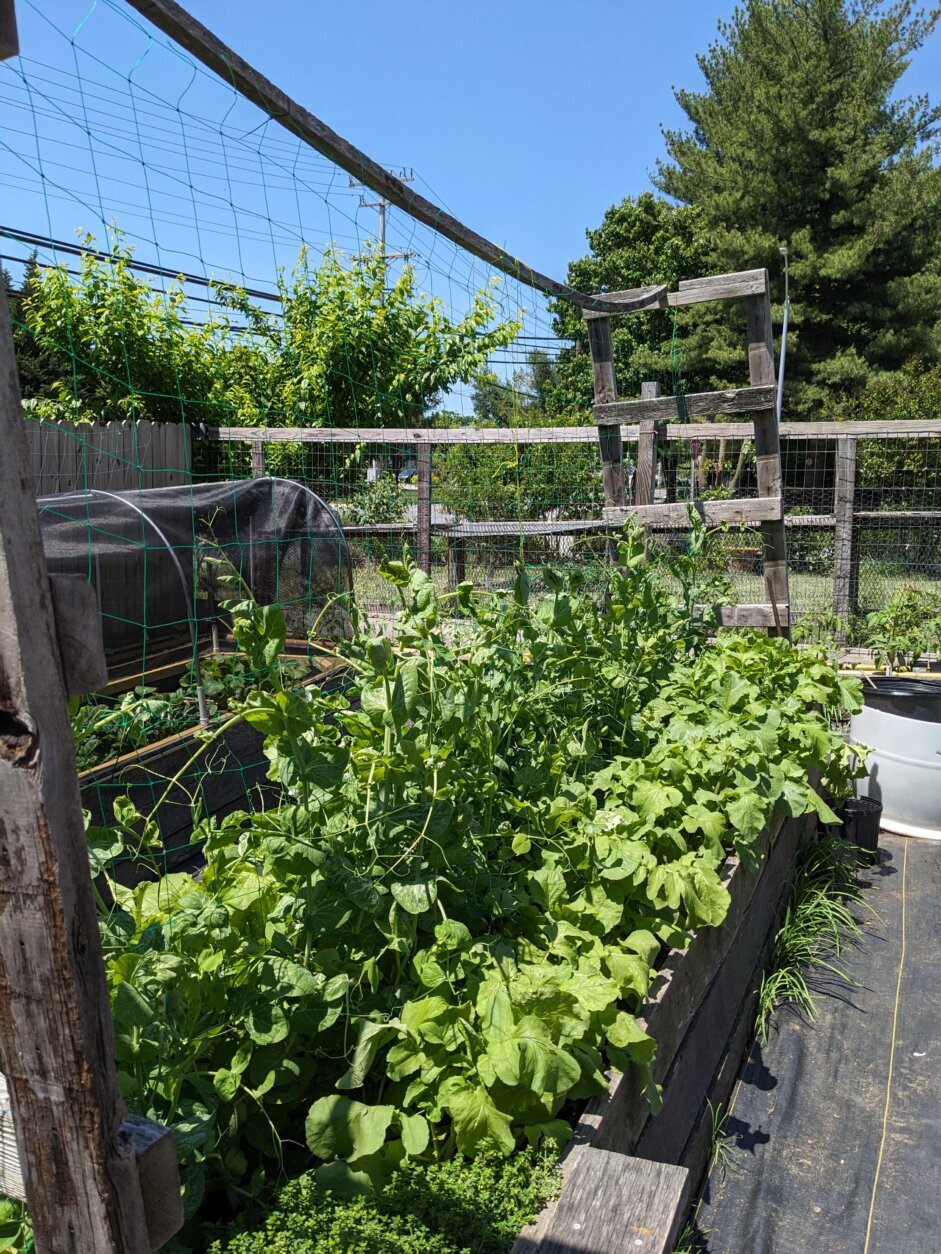
(WTOP/Abigail Constantino)
WTOP/Abigail Constantino
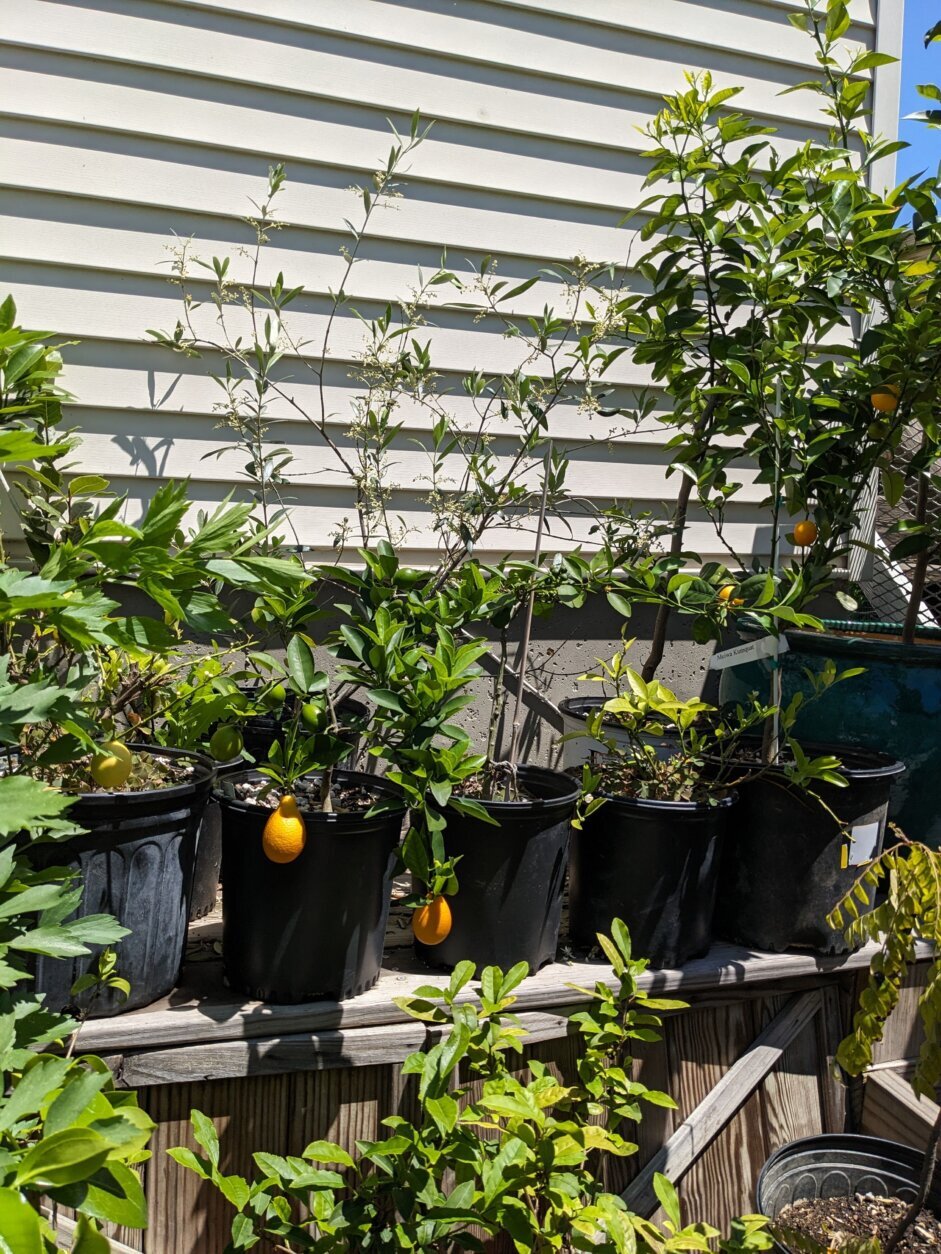
(WTOP/Abigail Constantino)
WTOP/Abigail Constantino
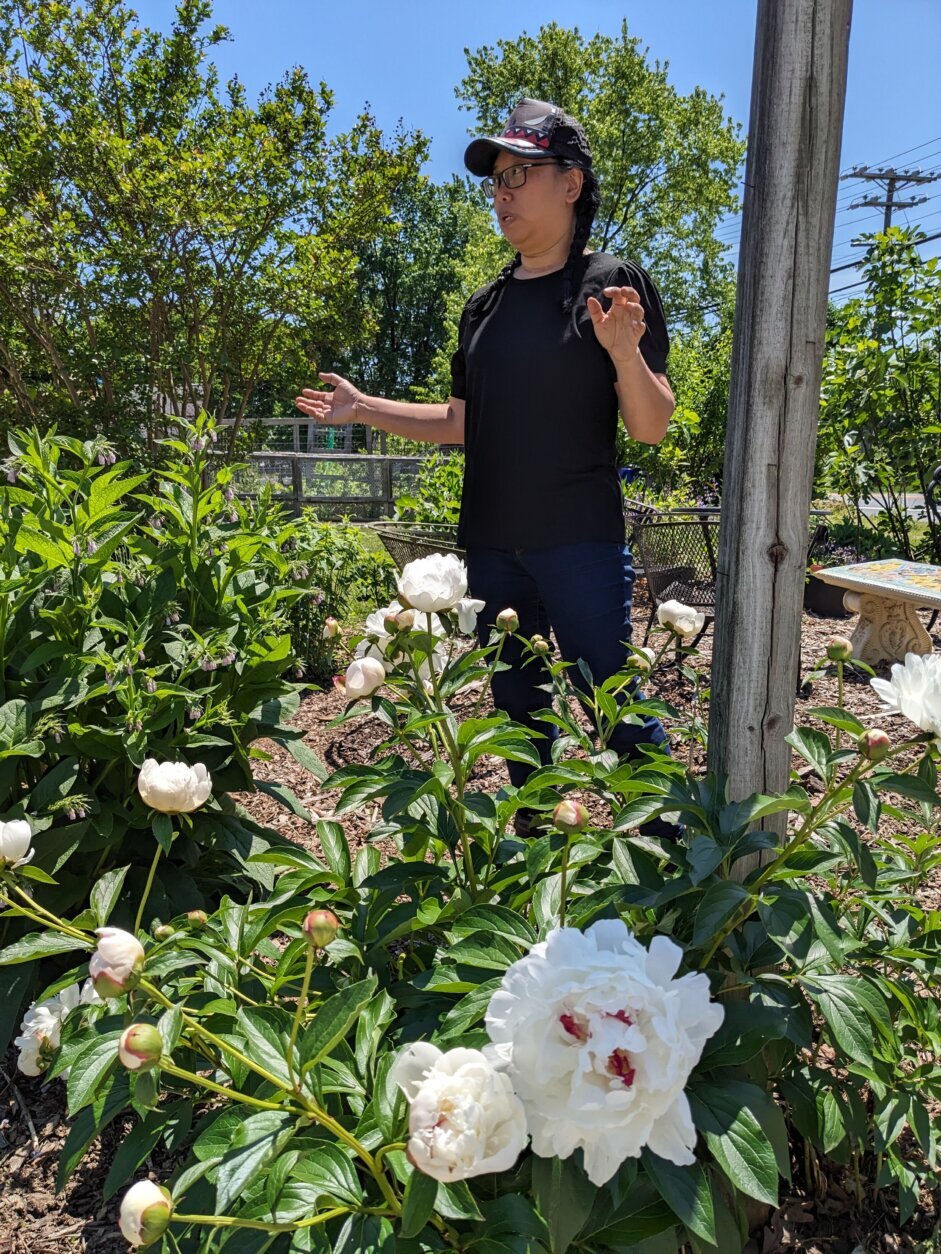
(WTOP/Abigail Constantino)
WTOP/Abigail Constantino
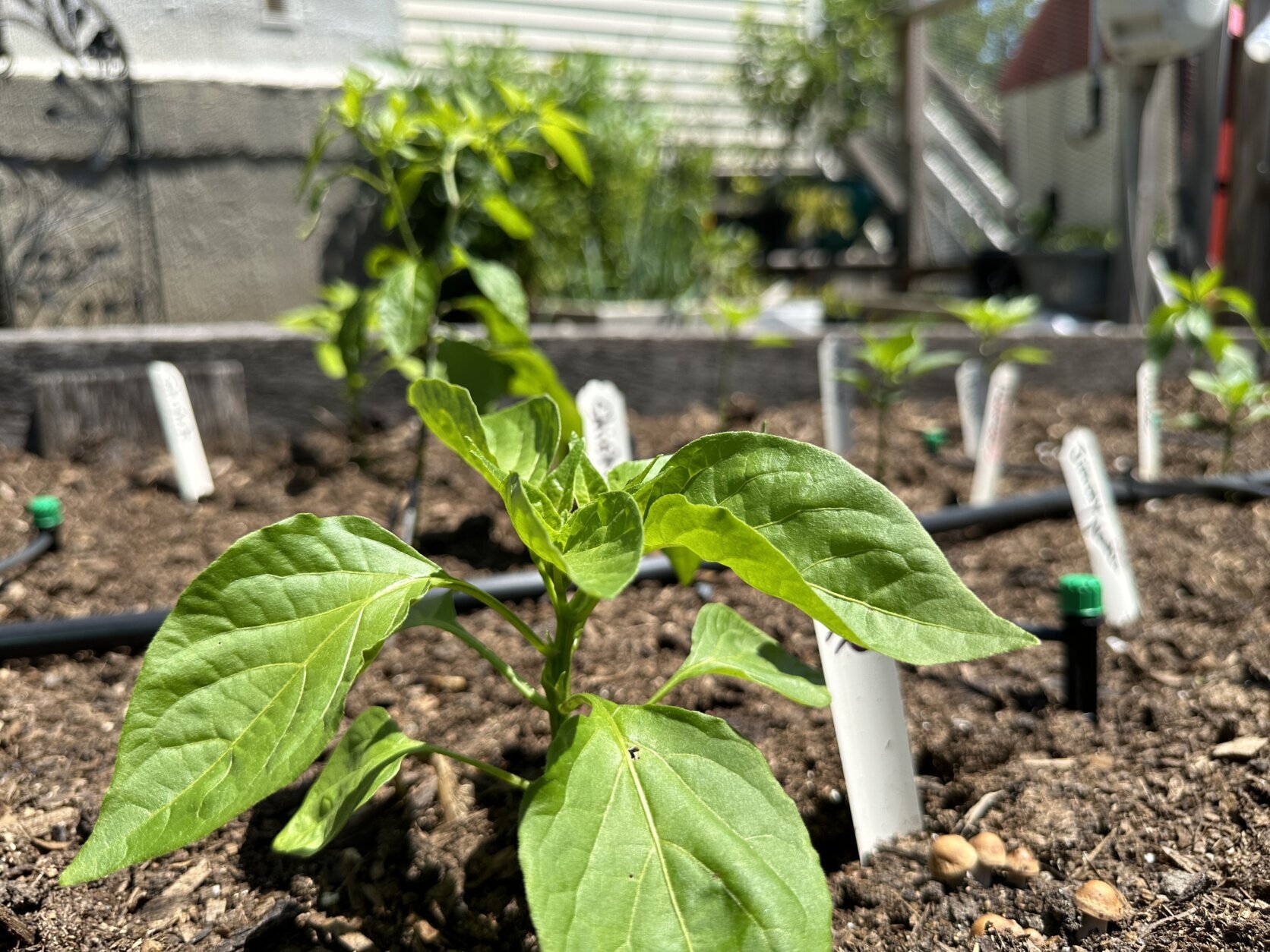
(WTOP/ Erron Franklin)
WTOP/ Erron Franklin
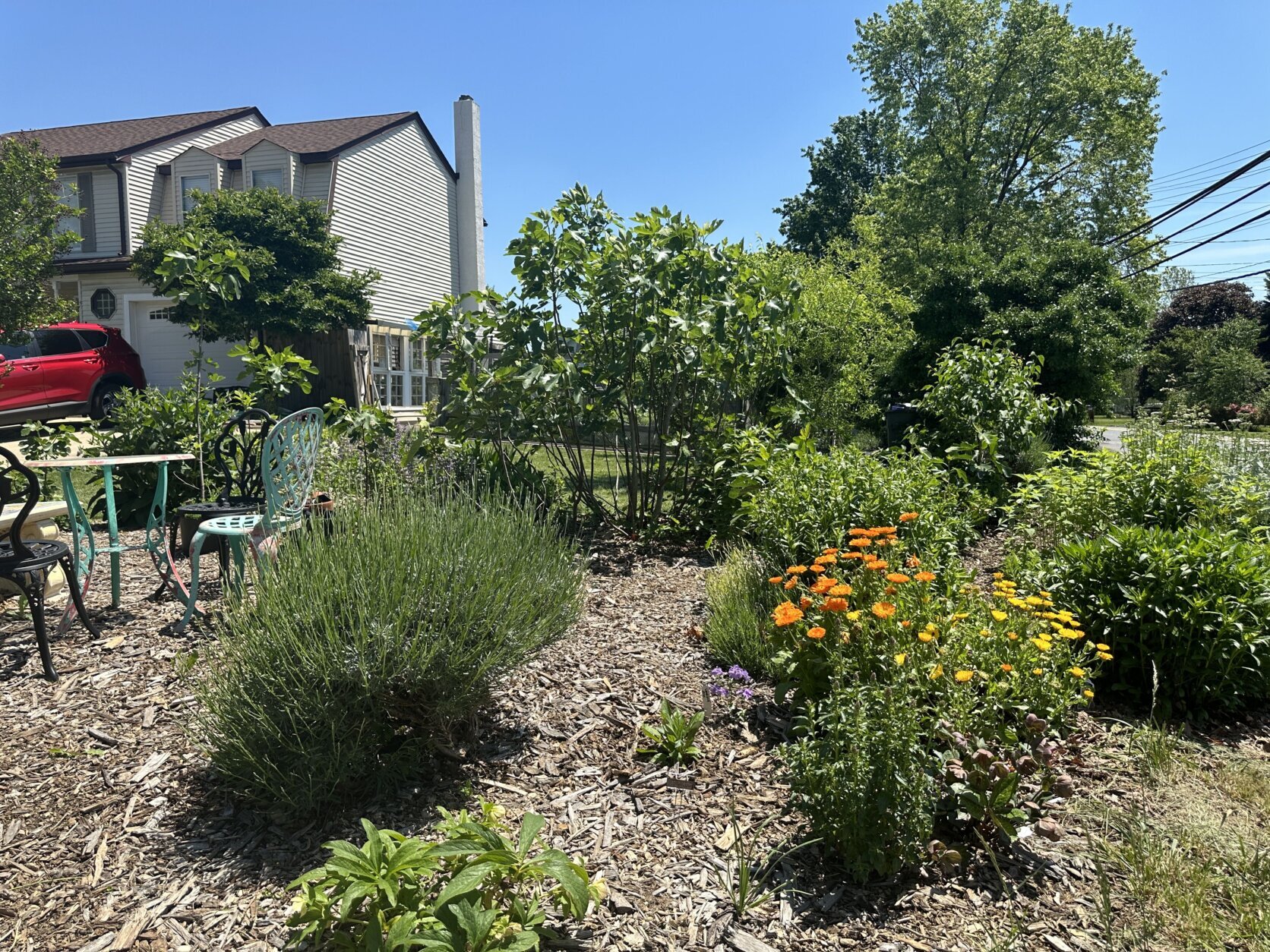
(WTOP/ Erron Franklin)
WTOP/ Erron Franklin
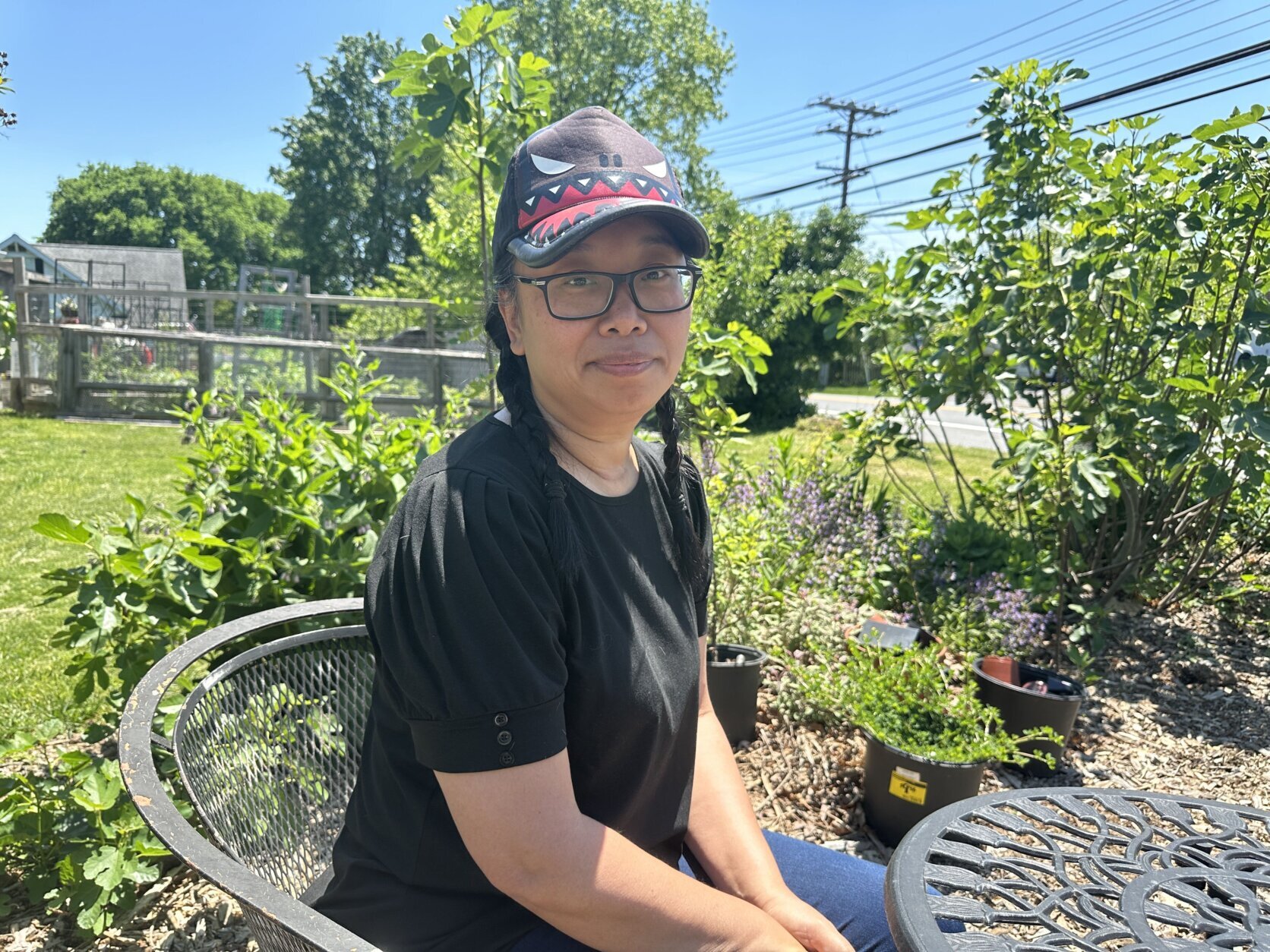
(WTOP/Erron Franklin)
WTOP/Erron Franklin
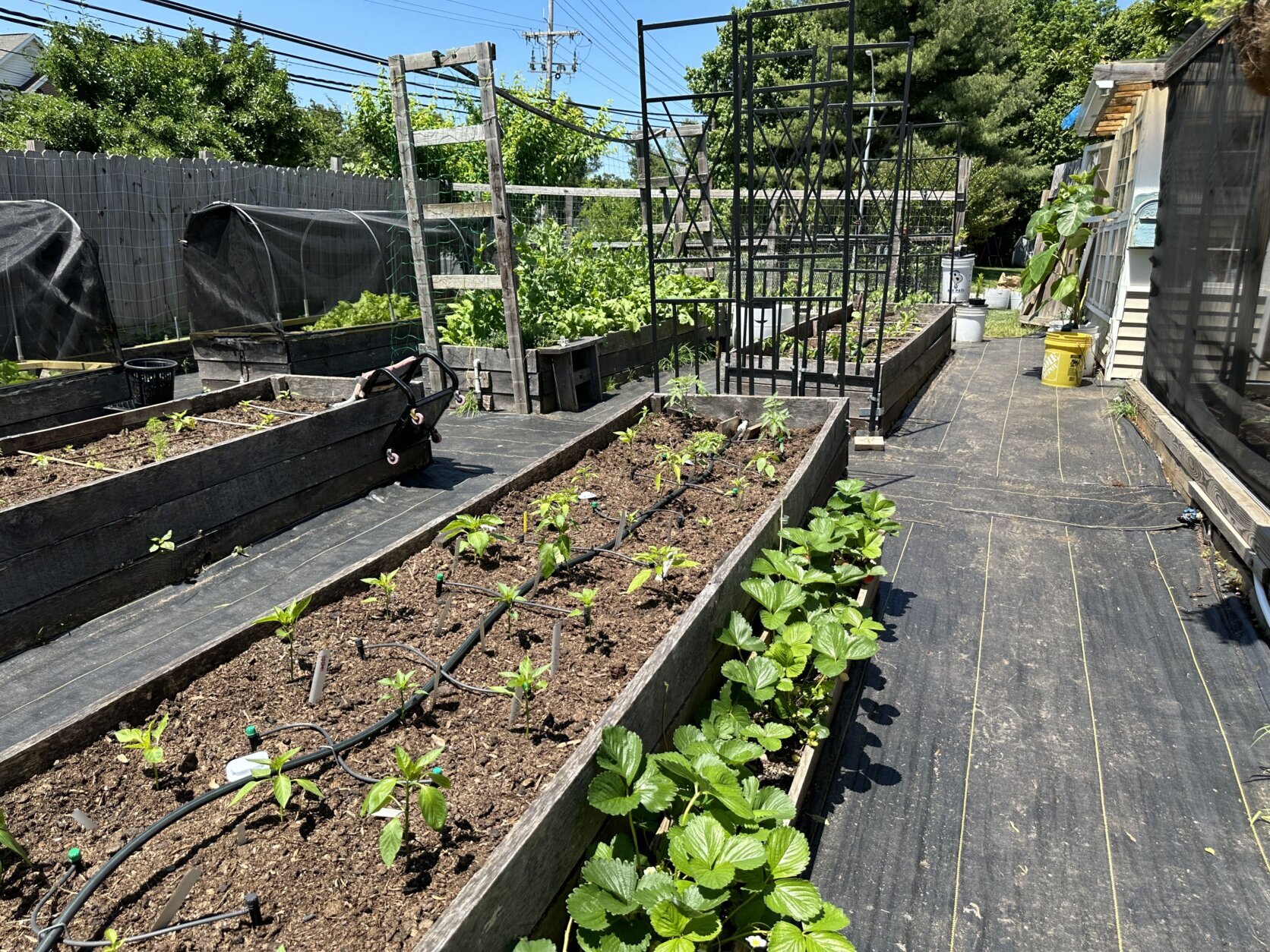
(WTOP/ Erron Franklin)
WTOP/ Erron Franklin
All throughout May, WTOP is celebrating Asian American and Pacific Islander Heritage Month with stories about the people and places shaping the D.C. region.
This page contains a video which is being blocked by your ad blocker.
In order to view the video you must disable your ad blocker.
Bitter melon, ong choy, tatsoi: See how this Maryland garden grows
It’s easy to miss the sprawling garden at the corner of Rosemont Drive and Scaggsville Road in Howard County, Maryland. It’s enclosed by a fence and shrouded in greens, without the bursts of bright colors typical of spring flowers.
But on the side and backyard of Phannie Truong’s Laurel house are kumquats, ong choy, bok choy, Asian long beans and bitter melon — all in different levels of ripeness. They’re fruits and vegetables found in many Asian cuisines.
While other gardeners focus on curb appeal and garden appearance, which Truong said is perfectly fine, she and other gardeners in the Asian community see land as something to be utilized to benefit their households.
Truong grows vegetables her family and friends — and a lot of Asian households, she said — like to eat and cook in stir fries or put in noodles. Even the variety of the plants she grows is suited to how she uses them.
“American gardeners like to grow heirloom or slicing tomatoes,” Truong said. “But in Asian households, we typically grow tomatoes to use in soup. So, I tend to go toward the Amish paste or the thicker type of tomatoes.”
She gets seeds from companies, such as Kitazawa Seed Company, Southern Exposure Seed Exchange; and locally, she buys seedlings from Frank’s Produce & Greenhouse in Elkridge and Sun Nurseries in Woodbine.
Truong, who is Chinese-Vietnamese, has been gardening since she was little. She immigrated to the U.S. from Vietnam in 1979 when she was 3 years old. Growing up, she spent a lot of time at her aunt and uncle’s house, which had a garden.
“It was just amazing to see that you can grow stuff, and take whatever you grow, and then go in the kitchen and make delicious food. So that just totally inspired me,” Truong said, adding that her aunt and uncle grew fruit trees, such as Asian pear and cherry trees, which she used to climb.
When she bought the house in Laurel six years ago, she knew she wanted to put in a garden. Since then, it has become a family affair, with her husband and children getting involved, especially when the peppers come in.
“I request the whole family to come out and help me pick peppers because they’re just a massive amount,” Truong said.
The role of the home garden in the Vietnamese American community
Home gardening is more than just about growing food to eat and enjoy, especially for Vietnamese Americans, according to Roy Vu, a history professor at Dallas College in Texas, who wrote “Farm-to-Freedom: Vietnamese Americans and Their Food Gardens.”
After the Fall of Saigon in 1975, when Americans abruptly left Vietnam, some 140,000 refugees were evacuated and resettled in America and other Western countries over a span of eight months.
In displaced communities, Vu said home gardening is about “food sovereignty” or regaining and reclaiming their food heritage.
During a talk at the Houston Botanic Garden, Vu said the touch and smell of the herbs remind Vietnamese American home gardeners of their homeland and allows them “an opportunity to heal.”
Vu also said home gardening not only allows them to remember their past but also establish themselves in the U.S., something he called “homeland duality.”
Gardening is her ‘happy place’
For Truong, however, gardening is her “happy place” and her stress reliever.
“I come out and I love seeing things grow,” she said. “When you look at fruits on a tree, it just makes you happy. And then when you look at your garden, and everything is flourishing, it makes you happy.”
When she plants something, she said she thinks about how it can give back to her and her family in their daily life. Even when she plants trees, Truong said she would choose fruit trees over anything else, even though it could cause a mess and could bring pests.
“Those are all things you can mitigate,” she said, pointing to a quince shrub in her front lawn, which she said will not only give fruit but its double blooms are “absolutely gorgeous.”
For any future gardener, Truong said it’s a learning process.
“No gardener knows everything. I constantly learn from other people,” she said. “So while it’s daunting and everything looks perfect, it’s not. Because there are always some issues, and you just have to work through them and just keep at it.”
Get breaking news and daily headlines delivered to your email inbox by signing up here.
© 2024 WTOP. All Rights Reserved. This website is not intended for users located within the European Economic Area.



